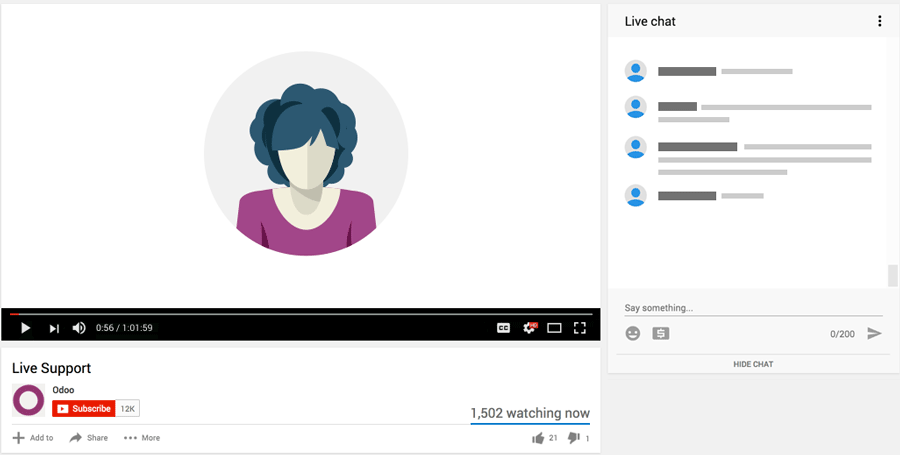In this video, learn about Odoo's payment statuses and how to manage your payments.
評分
1
0
暫時沒有留言。
參加此課程
成為第一個留言的人。
1.
What are outstanding accounts used for?
They are temporary holding accounts used to mark unpaid invoices and bills for the aged receivables and aged payables reports.
They are temporary holding accounts used to record the registered payment of an invoice or bill until the payment can be reconciled with the bank transaction.
They are temporary holding accounts used to balance the registered partial payment of an invoice or bill until the full payment is made.
They are temporary holding accounts used for batch payments.
2.
When is an invoice or bill marked as “Paid” in Odoo?
3.
What is the purpose of the “Group Payments” option?
4.
How does using the “Pay” button on an invoice or bill differ from manually creating a payment for the same amount?
The “Pay” button automatically reconciles the payment with the invoice or bill.
The “Pay” button automatically reconciles the payment with the bank transaction.
The “Pay” button automatically reconciles the payment with the invoice or bill and also automatically reconciles it with the bank transaction.
The “Pay” button automatically pays the full invoice or bill amount, whereas manually creating a payment is the only way to register a partial payment.
5.
How can I bypass the need for transaction reconciliation in the case of cash payments?
On the Cash journal, set the payment method’s “Outstanding Payments” account to the journal’s main ‘Cash’ account. Then use this payment method when registering the payment.
On the Cash journal, set the payment method’s “Outstanding Payments” account to an ‘outstanding’ account. Then use this payment method when registering the payment.
Create a manual payment, set the journal to “Cash” and then link that payment to the invoice or bill.
On the Cash journal, leave the “Outstanding Payments” account of the blank.

